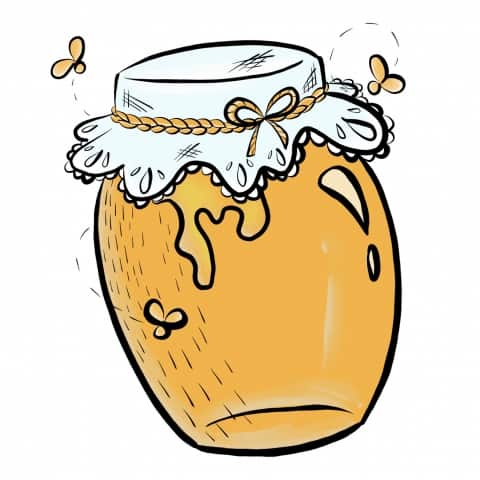 Growing up on a bee farm, I always conceptualized bees, honey and the beekeeping profession as mundane at best. From a young age, I was involved in the family operations, engaging in what is usually hot and heavy — and sometimes quite painful — work.
Growing up on a bee farm, I always conceptualized bees, honey and the beekeeping profession as mundane at best. From a young age, I was involved in the family operations, engaging in what is usually hot and heavy — and sometimes quite painful — work.
Eventually, after moving off the farm, seeing a bit more of the world and talking to more people, I began to understand that I had been a little too hard on my formative vocation. While expecting only dismissive, polite interest when I explained my beekeeping experiences, I soon found that people were genuinely interested.
Bees play a crucial role in global food security. Along with other pollinators, they aid immensely in the reproduction of many plants. There are 100 crop species that provide us with 90 per cent of our food — and 70 per cent of these crop species are pollinated by bees.
Though it is not a guarantee that bee extinction will result in human extinction, no bees would mean a very different world with a much smaller human population.
Yes, the number of bees is on the decline worldwide. This has been attributed to neonicotinoids, a particularly lethal form of pesticide, as well as parasitic Varroa mites. Beekeepers, for their part, do everything they can to ensure healthy colonies, fighting an uphill battle.
Honey has a variety of medical benefits, namely for skin and wound care. For example, dating as far back as 3000 BCE, ancient Egyptians used honey for wound treatment due to its antibacterial properties. Clinical studies have observed that honey deodorizes wounds, triggers the growth of wound tissues — including burns — and stimulates anti-inflammatory action that reduces pain and prevents scarring.
However, beware the plethora of bogus exclamations that paint honey as an alternative-medicine cure-all. I was first made aware of this health fad through an email, stylized with fully italicized red font in all-caps, which claimed that a mixture of honey and cinnamon could cure everything from acne to cancer and even, absurdly, hearing loss: “IT IS ALL TRUE: INJECT HONEY AND CINNAMON NOW FOR IMMORTALITY.”
These claims have little-to-no scientific backing. I would not recommend substituting a little honey and cinnamon for chemotherapy, or any other medical treatment.
In the current market, honey prices are low. Per pound, the price of honey has dropped from over $2 to as low $1.20 in the last couple of years. Accordingly, commercial operations are struggling to break even.
One major reason for this drop in value is adulterated honey — a form of food fraud in which the honey product is diluted with corn or rice syrup, decoloured to look like a different type of honey or changed in other ways to mask the honey’s country of origin. Chances are, the honey you’re buying from the supermarket is not what — or from where — the label says it is.
This may sound like a conspiracy theory borne from a mind addled by too many bee stings, but it is a real problem that threatens the livelihood of not only Canadian beekeepers but also beekeepers worldwide. The Canadian Food Inspection Agency tests imports for fraudulent honey, but in my opinion, their methods are outdated and unable to detect sophisticated adulteration.
How can you avoid fake honey? The best and easiest way is to buy local. A large number of stores in Saskatoon operate with a local ethos, where you can find pure honey amidst a number of natural products.
One Saskatchewan company, Kitako Lake Honey can be found in Saskatoon at Ingredients Artisan Market, The Better Good, and The Night Oven Bakery. At the Saskatoon Farmers’ Market, Three Foragers Bee Co. sells not only honey but also other bee products, such as wax, pollen and propolis — another bee product that’s been subject to miraculous health claims.
Or, to get your genuine-honey fix, just contact a beekeeper — you might even get a tour of the bee farm.
—
Nick Hawrishok
Graphic: Lesia Karalash / Graphics Editor